Search Results for Tag: Peru
Energy giant taken to German court for glacier melt
For the first time ever in Europe, a company is being sued for causing climate change.
Essen, in Germany’s famous Ruhr area, once the centre of the country’s industrial development, is the scene of a very interesting court hearing today. A Peruvian smallholder and mountain guide Saúl Luciano Lliuya is suing the German energy concern RWE. He says the enormous amounts of greenhouse gases emitted by the company are jeopardizing his family, his property and a large area of his home town, Huaraz. A lake which is growing rapidly as climate warming melts the glaciers above, is posing a major risk for the town in the Andes and its 120,000 residents.
Climate justice
The ngo Germanwatch, which works to end the north-south divide and is particularly active in advocating climate justice, is advising the farmer from Peru and supporting the court case, which is unprecedented here in Europe and sends out a key signal just days ahead of the Paris COP21.
LLiuya says Huaraz is at risk from flooding. He and his lawyer Dr. Roda Verheyen argue that the Essen-based company is to a large degree responsible for the melting of glaciers in the Andes, and so for the risk to his home, which is located in the valley below.
They want RWE to contribute to the funding of protective measures for the town. And they argue that the energy company’s share should be in line with the amount of responsibility it bears for causing global warming. If the claimants can prove their case, that would presumably be rather a large share.
“Every day I see the glaciers melting and the lakes in the mountains growing”, says Lliuya, in a statement published by Germanwatch. “For us in the valley, this is a huge threat. We can’t just wait and see what happens. For me it is clear that those who are causing climate change should be held responsible: companies all over the world, that change the climate with their greenhouse gas emissions”.
A test case to watch
Luciano Lliuya’s lawyer, Dr. Roday Verheyen, told journalists the case was a test case, without precedent: “ RWE emits especially through its coal-fired power stations. These emissions result in rising temperatures worldwide, melting glaciers and so jeopardize the property of my client”, she said in a statement distributed by Germanwatch. She appealed to the court to assert that RWE bears responsibility for counter-measures.
In late April, the company rejected a claim submitted directly to them.
The idea that climate change is responsible for the melting of glaciers will come as no surprise to Iceblog readers. The IPCC clearly makes the connection. But attributing the cause and financial responsibility to an energy company is not so easy, hence the significance of this case.
In the shadow of a melting ice giant
The town of Huaraz in Peru lies a few kilometres below the Palcacocha glacier lake. Since 2003, it has grown four times as big as it was before. Climate change is also increasing the risk of giant blocks of ice breaking off and tumbling into the lake. That could cause a catastrophic flood wave and metre-high flooding of the settlements below.
The authority responsible for civil protection has warned that this could happen at any moment. It says this is the most dangerous glacial lake in the region. To provide lasting protection against this risk, a new system would have to be built to continually pump off large amounts of water. New barriers would also have to be built around the lake.
A message to Paris
The chairman of Germanwatch, Klaus Milke, stressed the importance of the court case as a signal to the energy sector and the world’s politicians in the run-up to the UN climate conference in Paris.
“Emissions have to drop, so that we do not have an ever-increasing number of people put at risk by climate change. And those who cause these risks must bear the cost of protecting the people affected”, he told journalists.
He stressed it could not be left to individual victims of climate change – who are often very poor – to go to court for assistance:“Ultimately, we need a political solution, to make those who caused the damage take on the responsibility”, Milke added.
According to Germanwatch, RWE describes itself as the biggest single emitter of CO2 in Europe. A survey conducted in 2014 says the concern is responsible for around half a percent of all the greenhouse gas emissions worldwide since the industrial revolution. Although the company is still just one of many responsible for CO2 emissions, Saúl Luciano Lliuya is claiming the company for a “fair share” of the cost of measures to protect his town, around 20,000 euro. This is probably “peanuts” to a global operator like RWE, but it would be an important step. It would involve accepting responsibility for the impacts of emissions-induced climate change, and have potentially huge financial implications.
An interesting one to watch. Will this smallholder from Peru set the ball rolling which could knock the Goliath that is the global energy industry reeling?
Climate action from Peru to Paris
Today is the first of December. It’s the start of the meteorological winter in the northern hemisphere, towards the end of what looks set to be the warmest year since records began. It is also the day when the annual UN climate conference gets underway in Lima, Peru. Negotiators from around the world will try to hammer out the details of a new World Climate Agreement to halt global warming by reducing CO2 emissions. For our polar ice, that agreement can’t come fast enough.
After five years of frustration following the failure of the Copenhagen climate summit in 2009, 2014 may well go down in history as the year when climate change made a comeback onto the international agenda. Although there is still one year to go until the key Paris meeting which is scheduled to come up with a new World Climate Agreement to replace the Kyoto Protocol, 2014 has seen several milestones on the path to a low-carbon future.
In September, the UN Secretary General Ban Ki Moon gave the issue top priority, by holding his own special climate summit in New York. It was accompanied by marches in the USA and other parts of the world, organized by a growing grassroots movement to combat climate change. Meanwhile, the world’s biggest emitters, China and the USA, finally signaled their intention to commit to action on climate change.
No time for delay
The latest report by the Intergovernmental Panel on Climate Change, the IPCC, has left no doubt about the need for urgent action, says Professor Stefan Rahmstorf from Germany’s Potsdam Institute for Climate Impact Research:
“We see that global temperatures have risen by almost one degree centigrade in the last 100 years, we see that global sea level has risen by nearly 20 centimeters in the last 100 years. We see that the mountain glaciers and the Arctic ice cover is in retreat, the continental ice sheets in Greenland and Antarctica are shrinking, losing mass, contributing to sea level rise, we see extreme events on the rise. For example the number of record-breaking hot months has increased five fold as compared to what you get by chance in a stationary climate.”
The international community has agreed, based on the scientific evidence available, that a temperature rise of two degrees is the maximum possible without exposing the world to potentially devastating climate change. That means limiting the greenhouse gas emissions that are warming the planet. But with those emissions still on the rise, that goal is nowhere in sight, says Rahmstorf, and climate change is already having an impact after just under one degree of warming:
“If we don’t stop this process, we will go well beyond two degrees centigrade, and we will leave the range we are familiar with throughout human history. We will be way outside that into uncharted and I think very dangerous waters.”
Peru prepares the way for Paris
Experts see the world on track for a temperature rise of at least four degrees, unless emissions are reduced substantially in the very near future. The latest figures indicate that to stay within the two degree limit, emissions would have to peak within the next ten years and the world become virtually carbon-neutral in the second half of this century.
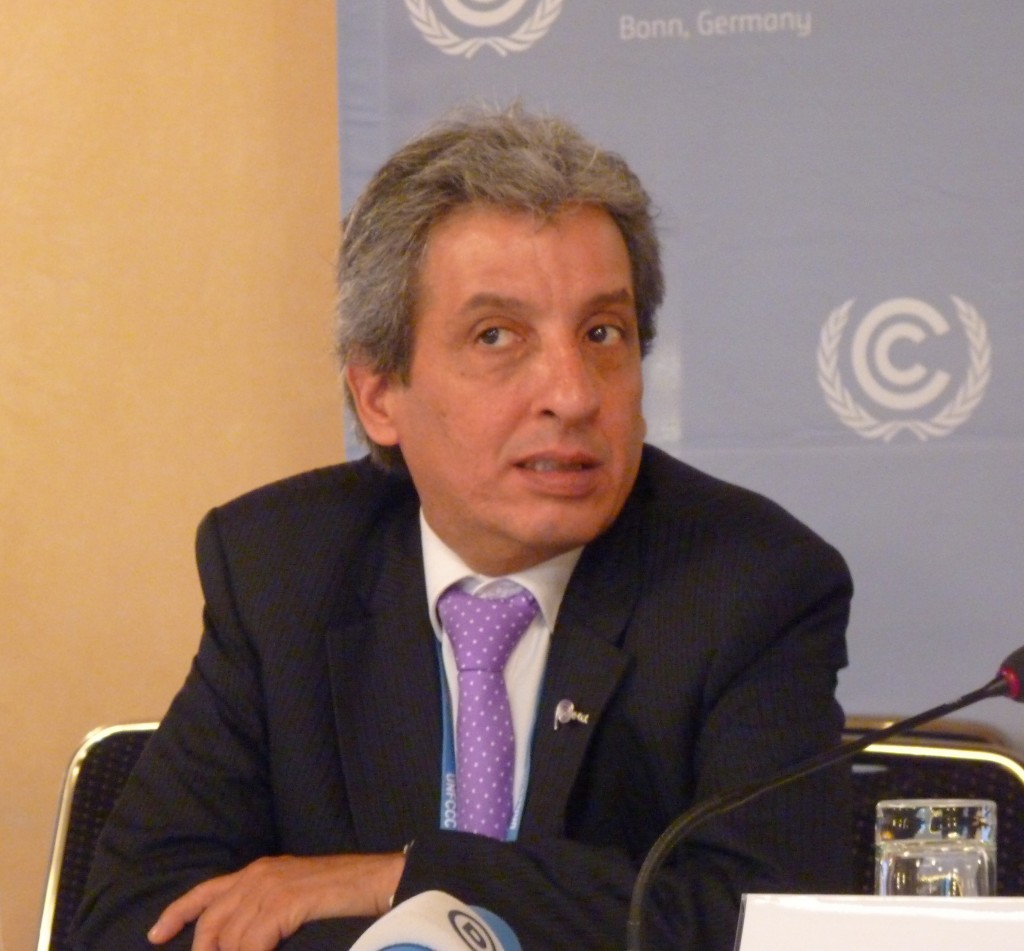
Peru’s Environment Minister and COP 20 President Manuel Pulgar-Vidal told me in Bonn this summer he was optimistic about the Lima meeting. (Pic: Quaile)
That is why Peru, like every climate conference, is important, says UN climate chief Christiana Figueres. She stresses that climate protection is an ongoing process. Countries have until March 2015 to put their planned contributions on the table. The EU made a start by announcing its targets last month. The USA and China went on to give encouraging signals:
“The fact is that most countries around the world are currently doing their homework and figuring out on a national scale what is financially, politically, economically, technically possible for them to contribute towards the solution,” says Figueres.
But while that homework continues in the countries of the world, the negotiators assembling in Lima will have to make progress on drafting the universal climate agreement, which is scheduled to be agreed in Paris in December 2015 and to come into effect in 2020.
A price on CO2
Ottmar Edenhofer is the chief economist at the Potsdam Climate Institute. He is also co-chair of the IPCC group concerned with ways of tackling climate change. He says the world has only around 20 to 30 years left to solve the emissions problem. He stresses it is not a question of technology. Alternative energy technologies are there to solve the problem. Yet fossil fuels have been enjoying a renaissance, says the climate expert. The key, he says, is to put a price on carbon, making it too expensive to pump CO2 into the atmosphere. The world only have a limited carbon budget. That means we can only put another one thousand gigatonnes of CO2 into the atmosphere to keep temperature rise below the two-degree threshold and avoid the risk of what Edenhofer describes as “very severe climate change impacts”.
“Space to store CO2 in the atmosphere is becoming scarce”, Edenhofer explained to me recently during a visit to Potsdam. “And when things are scarce, you have to put a price on them. That is the only way to show investors, consumers and companies where they should be investing their money.” The window of opportunity is closing, says Edenhofer. If we keep on with business as usual, we will have used up all our carbon budget in two to three decades.
UN climate chief Figueres agrees that putting a price on pollution by CO2 is a very important component of the shift towards a low carbon economy.
“What we have done over the past 150 years is assumed there is no cost to the irresponsible use of the environment, and we have proceeded as though the environment were constantly renewable, where it is not”, Figueres told me in an interview conducted in her office here in Bonn, right next to our Deutsche Welle building. Putting a price tag on CO2 emissions would mean they could be costed in economic decision-making.
Haggling out the details
The negotiators in Lima have their work cut out for them. Countries with large fossil fuel reserves are reluctant to agree to emissions reductions which would destroy their source of revenue. But Edenhofer is optimistic that ultimately all countries will realize that climate change will pay off in the end.
„We have to assume that people will see sense. They will realize that the long-term consequences of business as usual will be irreversible climate change, with all the problems that brings with it”.
The economist says protecting the climate would also bring the kind of short-term benefits politicians are looking for. He cites the change in China’s policies as an example:
“The drastic air pollution in Beijing is already making it less attractive as a business location. And the reason the Chinese government is thinking very seriously about reducing emissions is because it would also be a step towards improving their air quality.”
Funding boost for UN talks
After years of stagnation and frustration, there are signs that progress is being made on climate change. At a key meeting in Berlin this month, countries pledged a total of almost 10 billion dollars to the Green Climate Fund, which was set up to help poorer countries adapt to climate change. This could motivate developing countries and emerging economies to sign up to a new world climate agreement. So far, many of them have been reluctant to limit their own emissions, as the wealthy industrialized states are the ones who have caused the problem by emissions in the past.
Although both the money pledged for adaptation and the emissions cuts proposals currently on the table are still insufficient and things are moving slowly, German scientist Rahmstorf compares the likelihood of a breakthrough to the fall of the Berlin Wall, 25 years ago.
“If you had asked people just a few months before that how likely it was that the wall comes down, nobody would have said it’s going to happen”, says the Potsdam expert and IPCC author. He says these kind of processes in society are hard to predict – and the signs are encouraging.
He cites the “huge success story” of renewable energies and the considerable emissions reductions by the EU countries since 1990 as encouraging signs. This did not hamper economic growth, says Rahmstorf:
“It shows that your can decouple emissions from economic growth and welfare”.
Ultimately, halting climate change is not something which can be achieved solely within the UN negotiations. This year for the first time a pre-conference meeting was held in Peru to involve non-governmental groups in the process. The transition to a climate-saving low-carbon society requires action across the board. But it is the governments of the world who have to enter into binding agreements, and that means plenty of hard work ahead for the negotiators in Peru over the next two weeks.
Listen to my Peru conference preview on Living Planet.
Melting glaciers causing major problems in Peru
There is an interesting – if worrying – story on the Global Ideas website about the rapid melting of the country’s glaciers and problems being caused by climate change. Peru is regarded as being highly vulnerable to climate change.



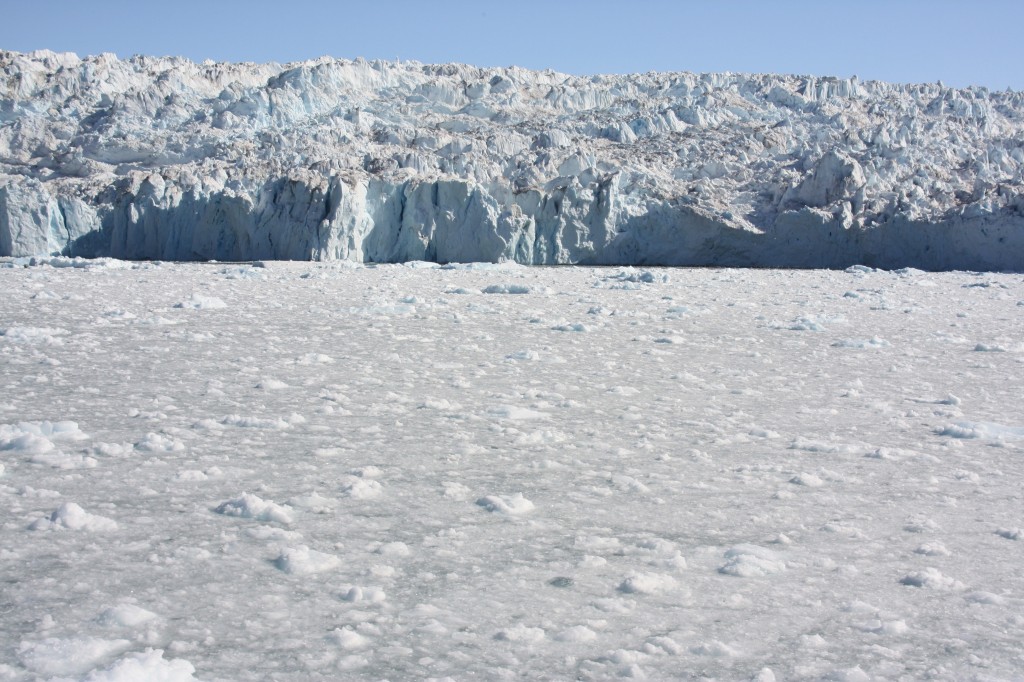
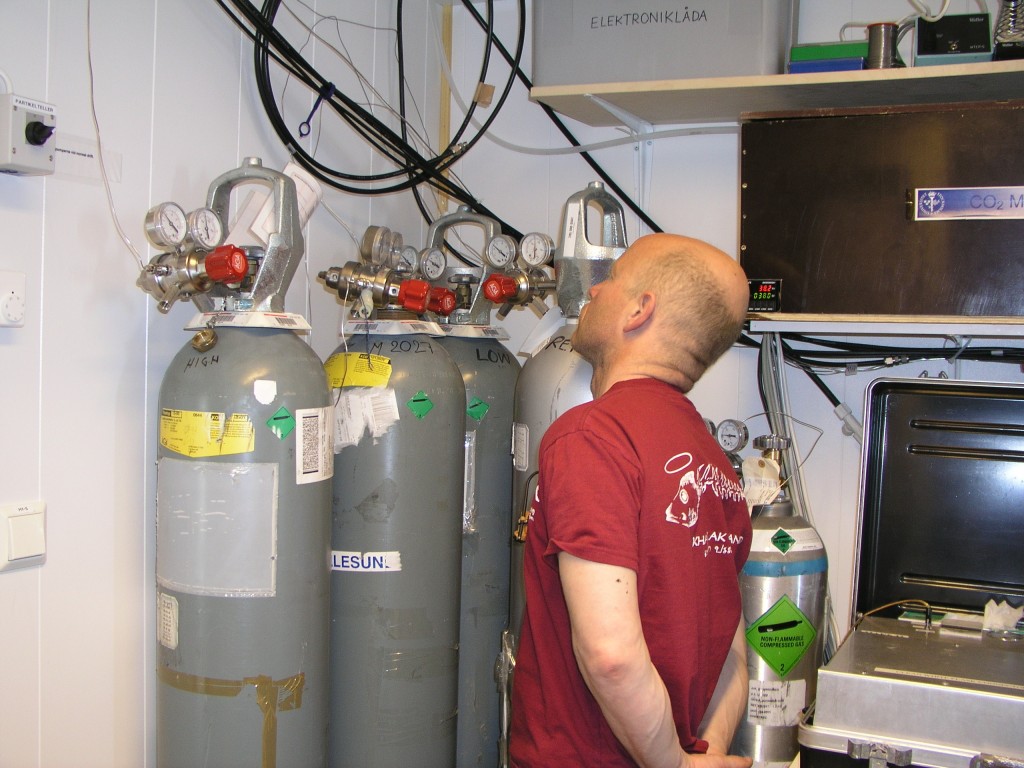


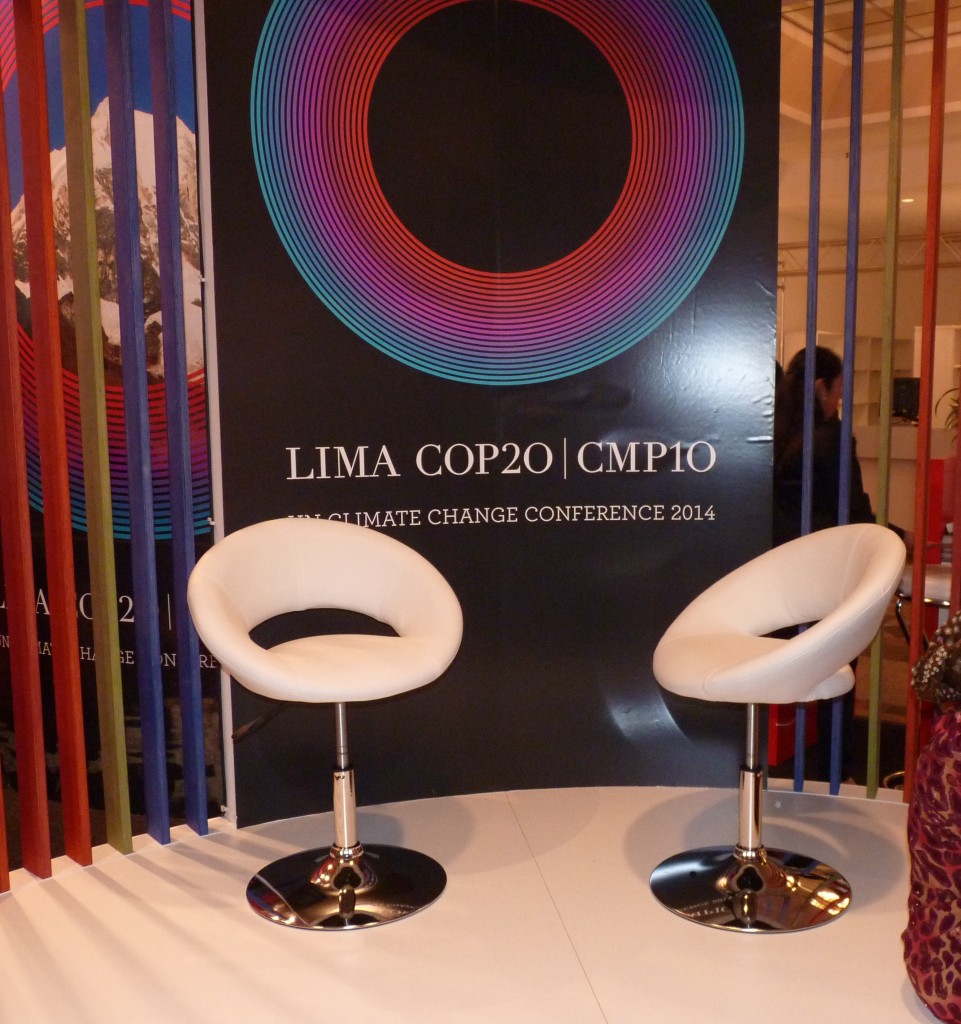
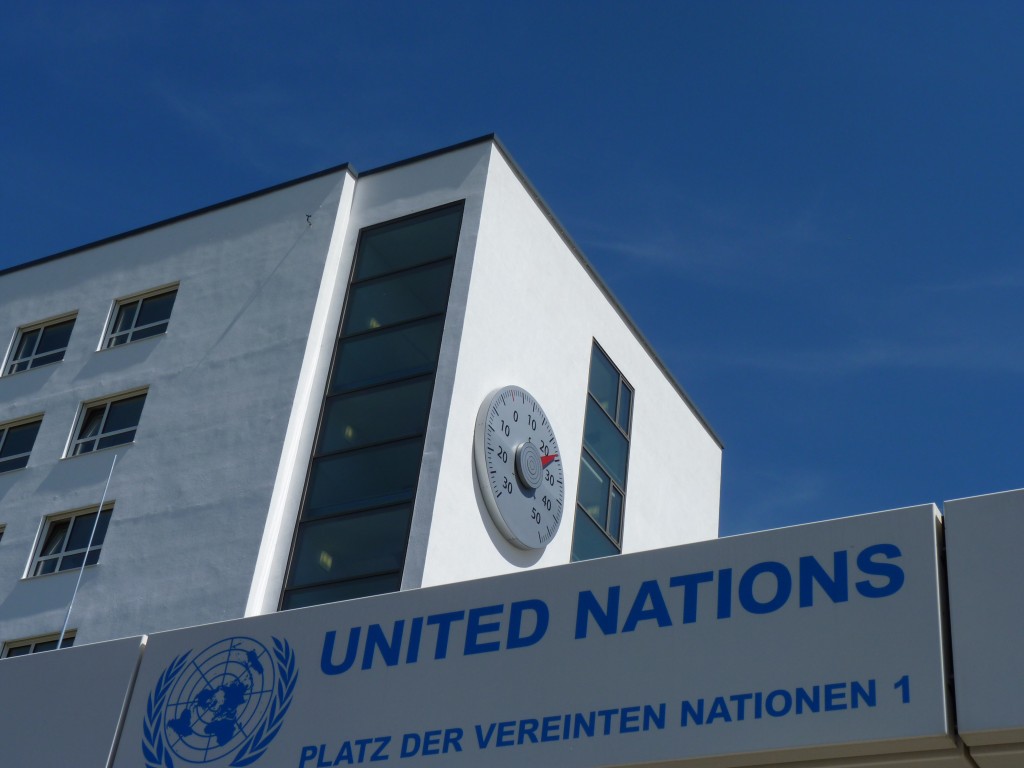












Feedback